The rich, resonant tones of the Indian sitar have captivated listeners for centuries, weaving intricate melodies that seem to echo the very soul of the subcontinent. Among the many fascinating aspects of this iconic instrument, the phenomenon of sympathetic string resonance stands out as a defining characteristic. These secondary strings, known as taraf or tarab strings, are not plucked directly but vibrate in response to the primary playing strings, creating a shimmering halo of sound that elevates the sitar's music to an almost otherworldly dimension.
Unlike Western string instruments, where strings are primarily meant to be played directly, the sitar incorporates a set of sympathetic strings that run beneath the main playing strings. These strings are carefully tuned to specific notes of the raga being performed, allowing them to vibrate sympathetically when corresponding frequencies are played on the main strings. The result is a complex interplay of harmonics that gives the sitar its distinctive, ethereal quality.
The concept of sympathetic resonance isn't unique to the sitar - it appears in various forms across global musical traditions - but the Indian approach to this acoustic phenomenon is particularly sophisticated. The number of sympathetic strings can vary, typically ranging from 11 to 13, though some sitars may have as many as 20. Each is precisely tuned to enhance particular tonal relationships within the raga framework, creating what musicians describe as a "living, breathing" quality to the sound.
Historically, the development of sympathetic strings on Indian instruments represents an intriguing evolution in musical craftsmanship. While early versions of stringed instruments in India didn't feature this design, the addition of resonant strings appears to have emerged gradually as musicians and instrument makers sought to create more complex sonic textures. Some scholars suggest this innovation may have been influenced by similar developments in Central Asian and Persian instruments, adapted and refined within the Indian musical tradition.
The physics behind sympathetic string resonance reveals why this phenomenon creates such a magical effect. When a main string is plucked, it produces not just its fundamental frequency but a series of harmonics. These vibrations travel through the bridge to the sympathetic strings, causing them to vibrate at their own natural frequencies when those frequencies match the harmonics being produced. This creates a cascading effect where the initial note seems to bloom into a rich tapestry of sound, with the sympathetic strings continuing to resonate even after the main string has been dampened.
Master sitar players develop an intimate understanding of how to manipulate these sympathetic resonances through their playing technique. The angle at which the string is plucked, the pressure applied by the fretting hand, and even the timing of vibrato all influence which sympathetic strings will respond most strongly. Advanced players can create the illusion of multiple instruments playing simultaneously by carefully controlling these interactions between the main and sympathetic strings.
In performance, the sympathetic strings contribute significantly to the sitar's ability to sustain notes and create flowing melodic lines. Where a Western guitar note might decay quickly after being plucked, the sympathetic strings on a sitar keep the sound alive, allowing for the characteristic long, singing tones that define Indian classical music. This sustain enables the intricate microtonal ornamentation - the meends and gamaks - that form the heart of raga expression.
The tuning of sympathetic strings presents its own unique challenges and opportunities. Unlike fixed-pitch instruments where strings maintain standard tuning, sitar players often adjust their sympathetic strings to suit the particular raga being performed. This requires not only a deep knowledge of the raga's structure but also an ear finely attuned to the subtle interactions between strings. The process can take considerable time before a performance, as even slight variations in tuning can dramatically affect the instrument's overall resonance.
Contemporary sitar makers continue to experiment with sympathetic string configurations, sometimes adding extra strings or adjusting their placement to create new tonal possibilities. Some modern players have even incorporated electronic pickups for the sympathetic strings, allowing them to be amplified separately from the main strings. These innovations demonstrate how this centuries-old acoustic principle continues to inspire new musical explorations.
For listeners, the effect of sympathetic string resonance creates what many describe as a "three-dimensional" sound experience. The primary melody seems to float atop a constantly shifting bed of harmonic colors, with tones appearing to come from multiple directions simultaneously. This quality makes the sitar particularly effective for the meditative, trance-inducing aspects of Indian classical music, where the boundary between individual notes often blurs into a continuous flow of sound.
The cultural significance of this acoustic phenomenon extends beyond mere technical interest. In Indian aesthetic theory, the interplay between struck and resonant strings mirrors larger philosophical concepts about the nature of reality and perception. Just as the sympathetic strings respond to unseen vibrations, so too, according to this view, does the visible world emerge from subtler, unseen realities. The sitar, through its sympathetic strings, becomes not just an instrument but a metaphor for cosmic harmony.
As Western musicians and composers discovered Indian classical music in the 20th century, many became fascinated by the sitar's sympathetic resonance. This influence can be heard in everything from the psychedelic rock of the 1960s to contemporary ambient and electronic music. The concept has inspired instrument makers worldwide to experiment with similar resonant systems, though few achieve the organic complexity of the traditional sitar's design.
Learning to properly utilize the sympathetic strings represents one of the greatest challenges for sitar students. It requires developing not just technical proficiency but a refined sensitivity to subtle acoustic interactions. Many teachers emphasize that true mastery comes when a player can "think through" the sympathetic strings, anticipating their response and incorporating it into the musical phrasing as consciously as the notes being directly played.
In an age of digital music production where effects can be added artificially, the sitar's sympathetic resonance stands as a testament to the power of purely acoustic phenomena. No electronic processor can quite replicate the organic, unpredictable interplay of these vibrating strings. Perhaps this explains why, even in our technologically advanced era, the haunting sound of a well-tuned sitar continues to move listeners so profoundly.
The future of this ancient acoustic technology remains bright. As younger generations of musicians blend traditional Indian approaches with global influences, the sympathetic strings continue to find new expressive possibilities. Whether in classical ragas, fusion experiments, or cinematic scores, that distinctive shimmering resonance ensures the sitar's voice remains unmistakable and eternally captivating.
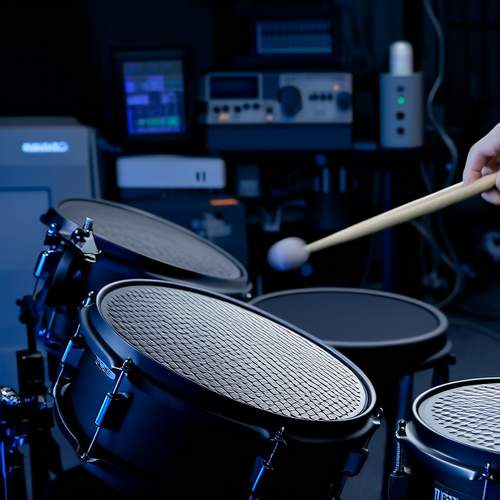
By /May 30, 2025
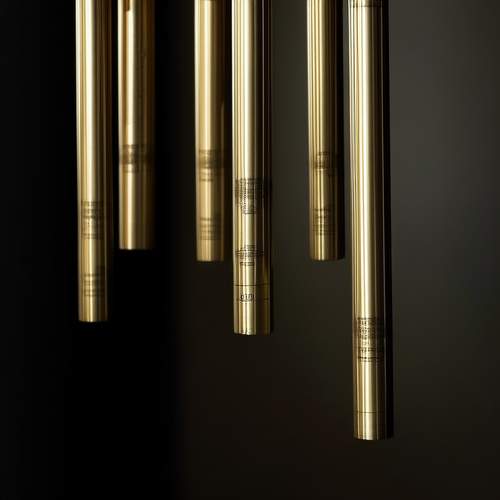
By /May 30, 2025
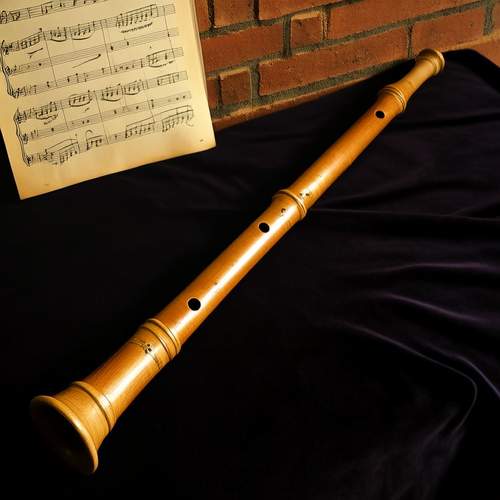
By /May 30, 2025
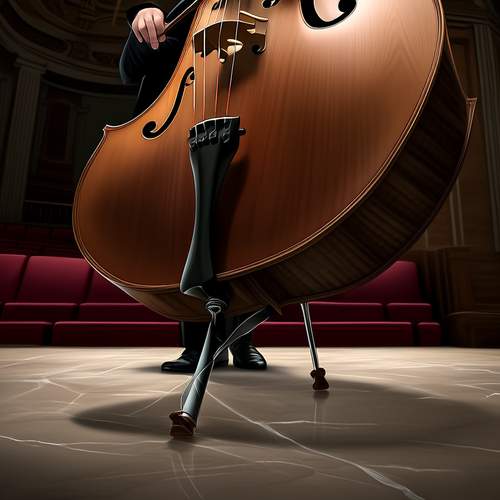
By /May 30, 2025
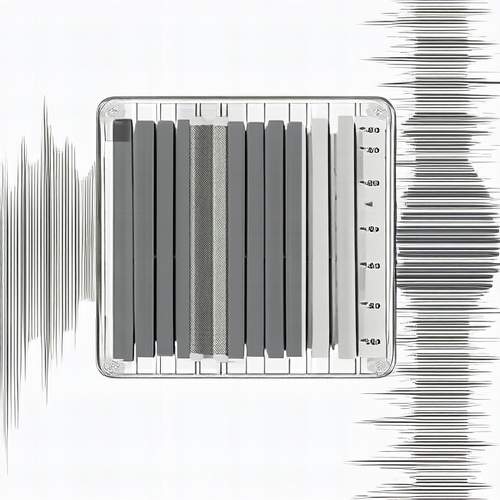
By /May 30, 2025

By /May 30, 2025

By /May 30, 2025

By /May 30, 2025
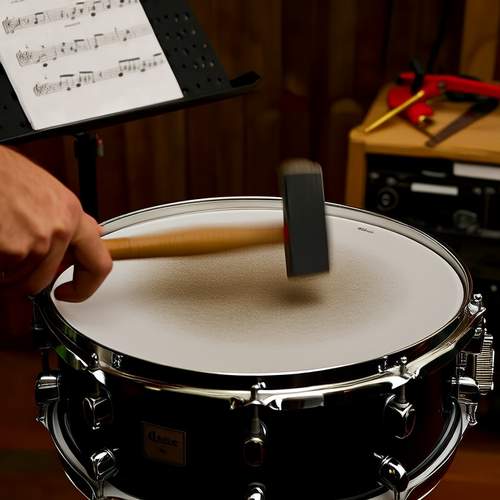
By /May 30, 2025
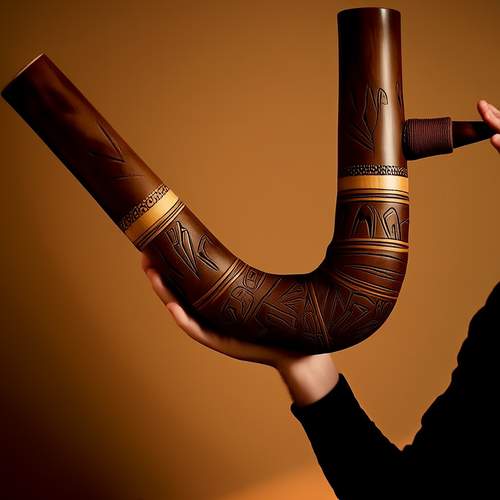
By /May 30, 2025

By /May 30, 2025

By /May 30, 2025

By /May 30, 2025

By /May 30, 2025
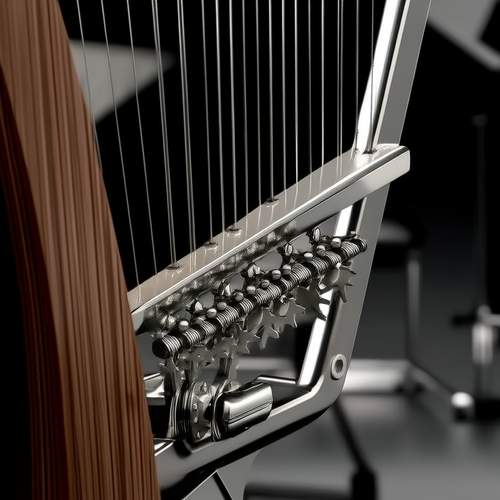
By /May 30, 2025

By /May 30, 2025
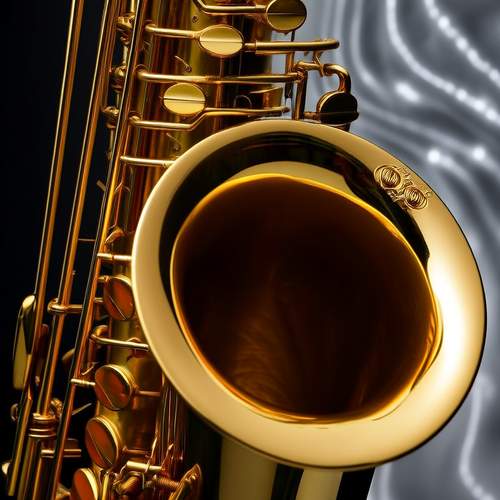
By /May 30, 2025
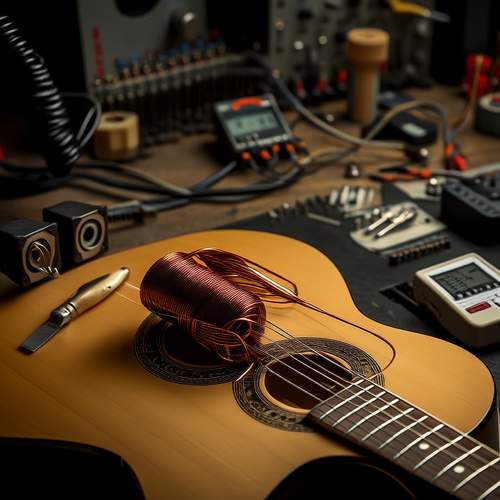
By /May 30, 2025
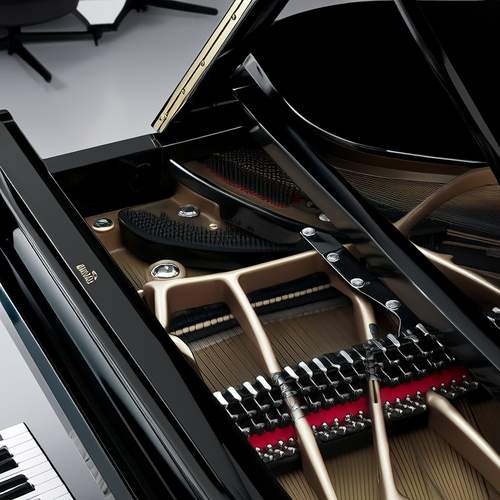
By /May 30, 2025
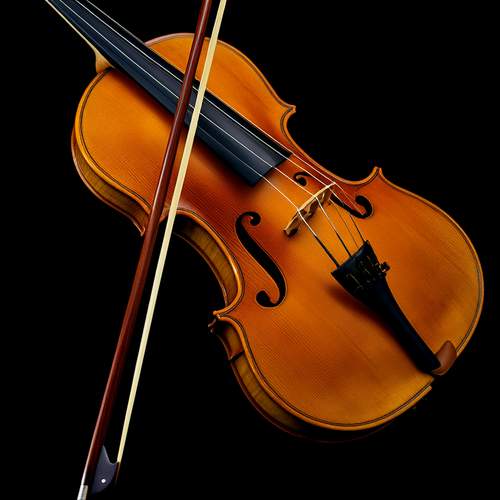
By /May 30, 2025